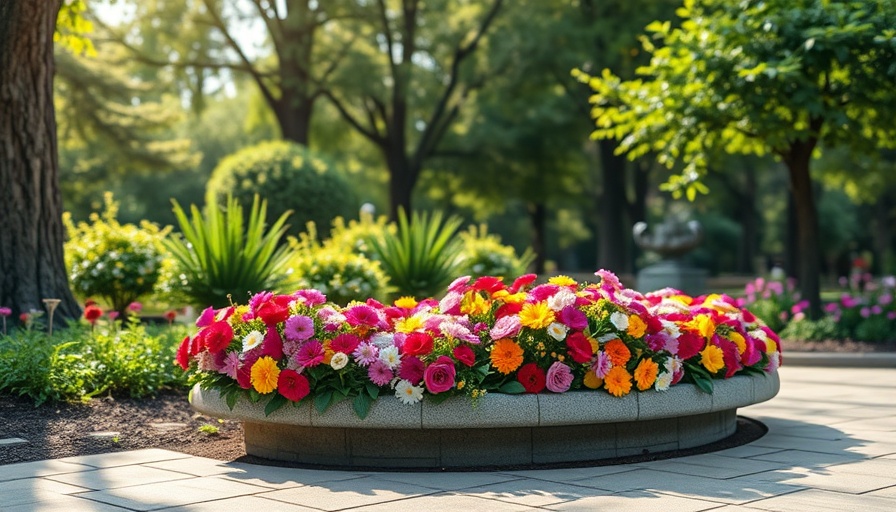
U.N. Plaza: A Community-Centric Space Redefined
The recently awarded U.N. Plaza in San Francisco has garnered attention for its exceptional design aimed at enhancing community engagement and urban life. Once overshadowed by its utilitarian function, U.N. Plaza has transformed into a vibrant public space, celebrated not only for its aesthetic appeal but also for its catalytic role in fostering social connections.
Acknowledging Excellence in Urban Design
Receiving a statewide award signifies more than just architectural accomplishment; it represents a collective effort by designers, city planners, and community stakeholders to reimagine public spaces. U.N. Plaza, with its seamless blend of green areas, public art, and spaces for events, exemplifies what modern urban design should address: accessibility, inclusiveness, and cultural vibrancy.
The Importance of Green Spaces in Urban Areas
As cities grow, the necessity for well-designed public spaces becomes critical. Green spaces are essential for mental well-being and social cohesion. Studies have shown that access to parks and plazas can reduce stress and enhance community interactions. U.N. Plaza's revitalization supports this notion, inviting people to gather, relax, and engage with their surroundings.
Impact on Local Economy and Small Businesses
The redesign of U.N. Plaza not only creates a beautiful space but also boosts the local economy. With new foot traffic drawn to retail shops and coffeehouses nearby, small business owners report increased sales and visibility. This revitalization serves as a model for how urban design can directly influence economic growth, especially for local establishments.
Reflecting Cultural Diversity and Events
U.N. Plaza has emerged as a focal point for cultural gatherings and events, reflecting the rich diversity of San Francisco. Markets, festivals, and community events now fill the plaza, creating a space that promotes cultural exchange and social interactions. The emphasis on events solidifies the plaza's role in community engagement and the promotion of various cultural identities.
Encouraging Future Urban Projects
The success of U.N. Plaza sets a precedent for other urban projects across the United States and beyond. It serves as a reminder that design excellence in public spaces is paramount for fostering inclusive communities. Future urban development projects can look to U.N. Plaza as an example of how thoughtful design can enhance quality of life, promote economic growth, and embrace cultural diversity.
Conclusion: Embracing Community Through Design
The recognition of U.N. Plaza’s excellence in design serves as a beacon for cities aiming to reimagine their public spaces. The transformation reflects a deeper understanding of community needs, blending aesthetics with function. As U.N. Plaza continues to flourish as a key gathering spot, it encourages other cities to prioritize designs that foster inclusivity and connection. By championing such community-driven initiatives, we pave the way for vibrant urban environments that reflect the dynamic nature of their inhabitants.
 Add Row
Add Row  Add
Add 




 Add Row
Add Row  Add
Add 

Write A Comment